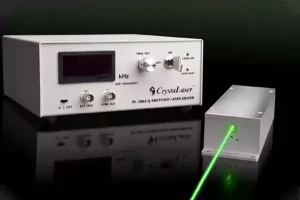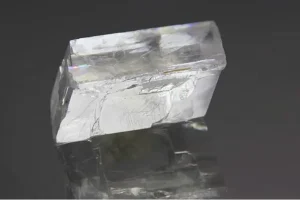Introduction
Optical isolators, key components in advanced optical systems, are devices that allow light to travel in one direction only. They play a crucial role in protecting sensitive equipment from back reflections and feedback. The heart of these isolators lies in magneto-optic crystals, specifically Faraday and Kerr crystals. This article aims to provide a comprehensive understanding of these crystals and their unique roles in optical isolators.
The Principle of Optical Isolation
Optical isolation is a fundamental requirement in many optical systems. It prevents unwanted feedback that can cause instabilities or even damage. The principle of optical isolation is based on the non-reciprocity of light propagation, which is achieved through the Faraday Effect and the Kerr Effect.
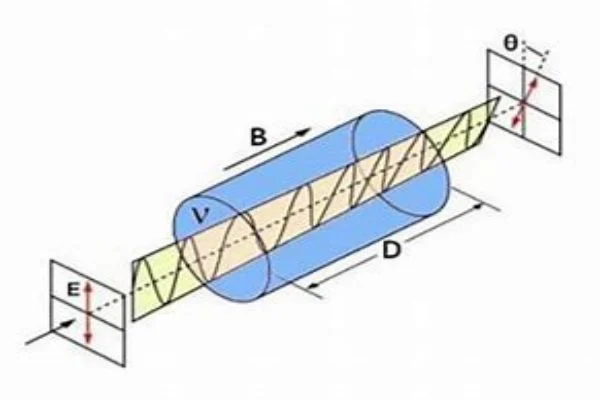
Understanding the Faraday Effect
The Faraday Effect, also known as magneto-optic Faraday rotation, is a fascinating optical phenomenon that has significant implications in the field of optics. Named after the renowned scientist Michael Faraday, who first discovered it, the Faraday Effect involves the rotation of the plane of polarization of light when it travels through a material under the influence of a magnetic field parallel to the direction of light propagation. This rotation is not arbitrary but is linearly proportional to the intensity of the magnetic field and the path length of the light. This means that by adjusting these two variables, one can control the degree of rotation, providing a powerful tool for managing light in various optical applications.
A device that harnesses the Faraday Effect to rotate the polarization of light is known as a Faraday rotator. These rotators are composed of a magneto-optic material, which is placed inside a magnetic field. As light passes through this material, its plane of polarization rotates due to the Faraday Effect. One of the defining features of a Faraday rotator is its reciprocal nature.
This means that the rotation of the plane of polarization is independent of the direction of light propagation. Whether the light is traveling in one direction or the opposite, the degree of rotation remains the same. This characteristic is a unique feature of Faraday rotators and sets them apart from other types of optical devices.
Despite the seemingly simple operation of Faraday rotators, their application in optical isolators is a testament to their importance in the field of optics. In an optical isolator, a Faraday crystal, which is a type of magneto-optic material, is used in conjunction with two polarizers. The first, or input, polarizer ensures that the light entering the Faraday crystal has a specific polarization. As the light travels through the crystal, its plane of polarization rotates due to the Faraday Effect.
This rotated light then reaches the second, or output, polarizer. The output polarizer is oriented such that its transmission axis aligns with the rotated plane of polarization, allowing the light to pass through. However, any light attempting to travel in the opposite direction would have its plane of polarization misaligned with the transmission axis of the input polarizer, preventing it from passing through. This one-way transmission of light is the fundamental principle of optical isolation.
In conclusion, the Faraday Effect, Faraday rotators, and Faraday crystals play a crucial role in the operation of optical isolators. The reciprocal nature of the Faraday Effect allows for the creation of devices that can control the propagation of light in a non-reciprocal manner, which is essential in many optical systems to prevent unwanted feedback and back reflections. Despite the complexity of these systems, the principles at their core are rooted in the fundamental interactions between light and magnetic fields, demonstrating the beauty and elegance of the field of optics.
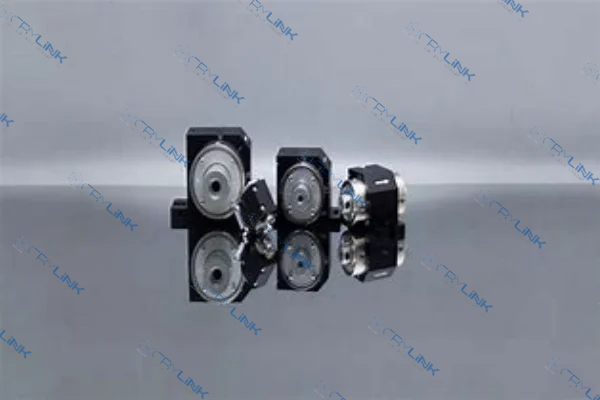
Understanding the Kerr Effect
The Kerr Effect, also known as Kerr rotation, is a captivating magneto-optic phenomenon that plays a significant role in the field of optics. It involves the rotation of the plane of polarization of light when it is reflected off a magnetized surface. This intriguing effect is named after John Kerr, a Scottish physicist who first observed it. The amount of rotation that occurs in the plane of polarization is dependent on two key factors: the strength of the magnetic field and the angle of incidence of the light. This means that by manipulating these two variables, one can control the degree of rotation, providing a powerful tool for managing light in various optical applications.

A device that operates on the principle of the Kerr Effect is known as a Kerr rotator. These rotators are unique in their operation, differing significantly from their Faraday counterparts. While Faraday rotators are reciprocal, meaning the rotation of the plane of polarization is the same regardless of the direction of light propagation, Kerr rotators are non-reciprocal. This non-reciprocal nature means that the rotation of the plane of polarization in a Kerr rotator depends on the direction of light propagation. When light travels in one direction, the rotation is different than when it travels in the opposite direction. This characteristic is a defining feature of Kerr rotators and is what sets them apart from other types of optical devices.
Despite their unique properties, Kerr crystals are less commonly used in optical isolators than Faraday crystals. This is primarily due to the fact that the Kerr Effect is generally weaker than the Faraday Effect, making Faraday crystals more efficient for most applications. However, Kerr crystals have their own niche where they excel.
They can be used effectively in reflective optical isolators, a type of isolator where light is reflected off the crystal surface. In these isolators, the light undergoes a rotation in polarization due to the Kerr Effect when it is reflected off the crystal. This allows for the isolation of the light source from back reflections, which is crucial in many optical systems to prevent feedback that can cause instabilities or damage.
In conclusion, the Kerr Effect, Kerr rotators, and Kerr crystals, while less commonly used than their Faraday counterparts, offer unique properties and capabilities that make them invaluable in certain optical applications. Their non-reciprocal nature allows for the creation of reflective optical isolators, providing a solution for controlling light propagation in systems where traditional transmissive isolators are not suitable.
Despite their lower efficiency compared to Faraday devices, Kerr-based systems fill a critical role in the diverse and complex world of optics, demonstrating the vast range of solutions available for manipulating and controlling light.
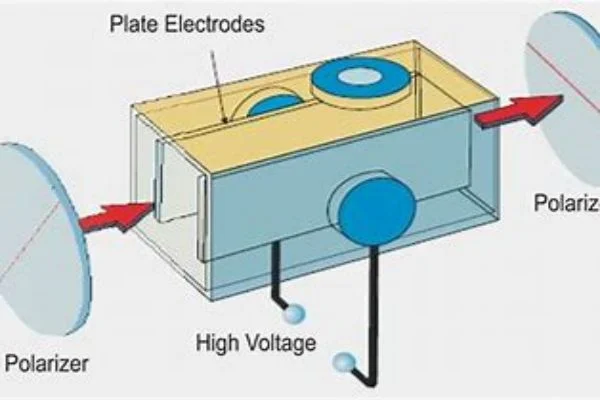
Faraday vs. Kerr: A Comparative Analysis
The comparison between Faraday and Kerr crystals, both integral components in optical isolators, is a fascinating study in the field of optics. These crystals, while serving a similar purpose, exhibit distinct characteristics and are employed in different types of optical isolators due to their unique properties.
Faraday crystals, named after the scientist Michael Faraday who first discovered the Faraday Effect, are typically used in transmissive optical isolators. These isolators work on the principle of allowing light to pass through in one direction, effectively isolating the source from any potential back reflections. The Faraday crystal plays a crucial role in this process.
When light enters the crystal, its plane of polarization is rotated due to the Faraday Effect. This rotation is linearly proportional to the intensity of the magnetic field applied parallel to the direction of light propagation and the path length of the light. The unique feature of Faraday crystals is their reciprocal nature, which means that the rotation of the plane of polarization is the same regardless of the direction of light propagation.
This property is what makes Faraday crystals ideal for use in transmissive optical isolators. The light, once it has passed through the Faraday crystal and had its plane of polarization rotated, is then aligned with the transmission axis of the output polarizer, allowing it to pass through in one direction.
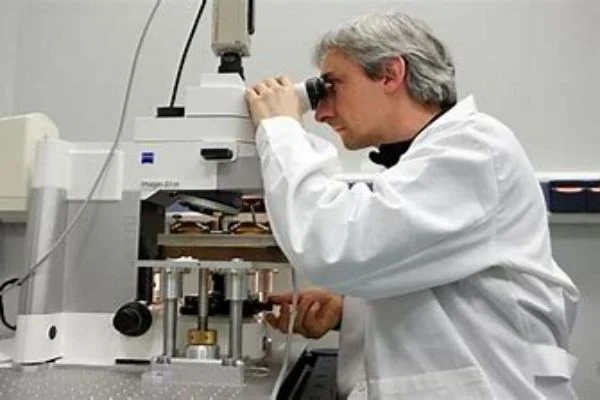
On the other hand, Kerr crystals, named after John Kerr who discovered the Kerr Effect, are used in reflective optical isolators. These isolators operate on a different principle. When light is reflected off a magnetized surface, such as a Kerr crystal, its plane of polarization rotates. This rotation, known as the Kerr rotation, depends on the strength of the magnetic field and the angle of incidence of the light. Unlike Faraday crystals, Kerr crystals exhibit a non-reciprocal nature. This means that the rotation of the plane of polarization depends on the direction of light propagation.
When light travels in one direction, the rotation is different than when it travels in the opposite direction. This non-reciprocal property of Kerr crystals is what makes them suitable for use in reflective optical isolators. The light, after being reflected off the Kerr crystal and undergoing a rotation in its plane of polarization, is then aligned with the transmission axis of the output polarizer, allowing it to pass through in one direction.
In conclusion, while both Faraday and Kerr crystals serve the purpose of enabling non-reciprocity in light propagation, they do so in different ways and are used in different types of optical isolators. Faraday crystals, with their reciprocal nature, are typically used in transmissive optical isolators, while Kerr crystals, with their non-reciprocal nature, are used in reflective isolators. This comparative analysis of Faraday and Kerr crystals not only sheds light on their unique roles in optical isolators but also underscores the fascinating interplay of light and magnetic fields in the realm of optics.
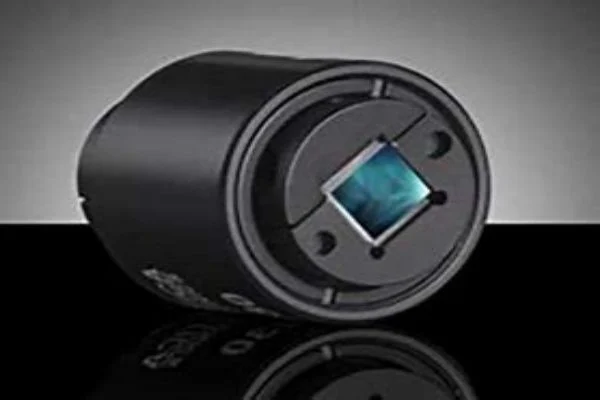
Conclusion
Understanding the roles of Faraday and Kerr magneto-optic crystals is crucial in the field of optical isolators. These crystals, governed by the principles of the Faraday and Kerr Effects, enable the non-reciprocity of light propagation, a fundamental requirement in many optical systems.
Frequently Asked Questions
- What is the Faraday Effect?
- The Faraday Effect is a phenomenon where the plane of polarization of light rotates when it travels through a material under the influence of a magnetic field parallel to the direction of propagation.
- What is the Kerr Effect?
- The Kerr Effect involves the rotation of the plane of polarization of light when it is reflected off a magnetized surface.
- What is an optical isolator?
- An optical isolator is a device that allows light to travel in one direction only, preventing unwanted feedback in optical systems.
- What are Faraday and Kerr rotators?
- Faraday and Kerr rotators are devices that use the Faraday and Kerr Effects, respectively, to rotate the polarization of light.
- How do Faraday and Kerr crystals contribute to optical isolation?
- Faraday crystals, used with two polarizers, allow light to pass through in one direction in an optical isolator. Kerr crystals can be used in reflective optical isolators, where light is reflected off the crystal surface, causing a rotation in polarization.


